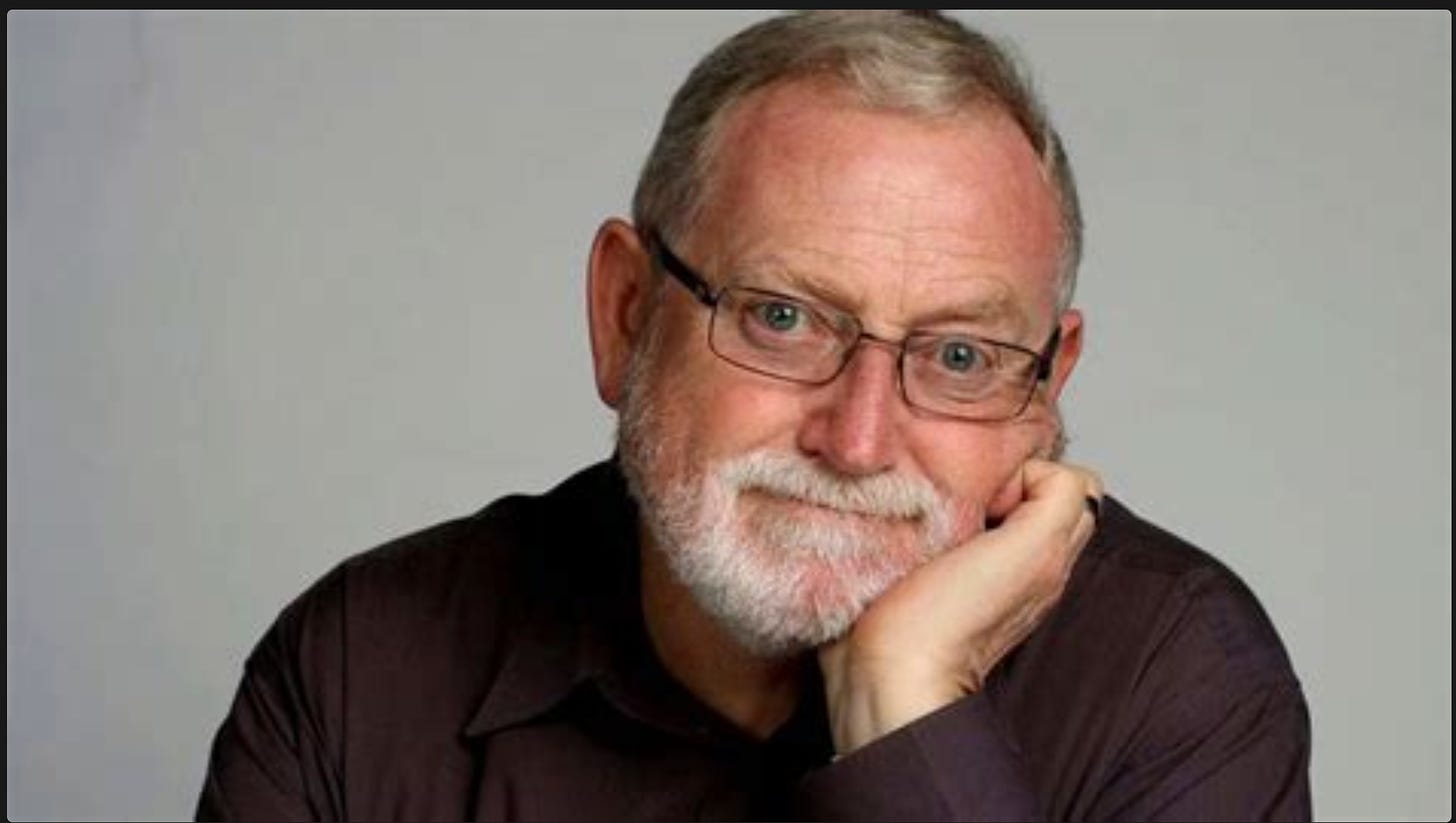For quite a while I’ve been meaning to write a piece appreciating
Ross Gittins’ 50 year run as Australia’s leading economic journalist.
He’s one of the few who is neither an ideologue nor a recycler of
corporate talking points (no names, no pack drill, but most of my
readers will be able to think of plenty of examples).
This plan was pushed to the top of my agenda when Ross gave an exceptionally generous donation to support my Brissie to the Bay cycle ride in support of MS Queensland. It reminded me of the generosity of spirit Ross has displayed throughout his career.
Ross
started writing economic commentary for the Sydney Morning Herald in
1974, the year I started my undergraduate economics degree at ANU. So,
I’ve been in a position to follow his entire career, which coincides
almost exactly with the rise and fall of the ideology variously called
neoliberalism, market liberalism and economic rationalism.
Back in
the Whitlam era, “economic rationalist” wasn’t the pejorative term it
has now become; in fact, Whitlam saw himself as an economic rationalist.
As I wrote quite a while ago
‘Economic rationalism’
then referred to policy formulation on the basis of reasoned analysis,
as opposed to tradition, emotion and self-interest. With the exception
of support for free trade, there was no presumption in favour of
particular policy positions. The views of the first generation of
economic rationalists were generally in the economic mainstream of the
period — Keynesian in macro terms and supportive of the ‘mixed economy’
in micro terms.
Understood in those terms, Ross was, and remains an economic rationalist. But
During
the period of the Fraser and Hawke governments, both the intellectual
character and the theoretical and policy content of economic rationalism
changed. The critical and sceptical thinking that characterised the
first phase of economic rationalism was gradually replaced by a
dogmatic, indeed, quasi-religious, faith in market forces and the
private sector
Unlike many others, Ross did not
follow this path. Instead, he reacted against it, looking for an
understanding of economics that was more realistic and humane. This has
been a consistent feature of his later writing. Ross has regularly
criticised models of economic behavior based on narrowly defined self
interest and promoted richer models of people’s goals and motivation.
The
other thing I appreciate most about Ross is his willingness to engage
with the academic economics profession, rather than taking talking
points from corporate and bank economists, like so many other economic
journalists. I particularly remember his description of the late Fred
Gruen as a ‘useful economist’, that is, one who made serious
contributions to Australian public policy rather than focusing on
high-status publications in international journals.
I’ve always
aspired to follow in Fred’s footsteps in this regard, though I found it
necessary to do the international journal stuff as well in order to
maintain credibility while pushing leftwing policy views.
More generally, Ross has regularly picked up interesting work by academic economists and explained it to his readers.
Finally,
I’ve always found Ross to be a friendly and supportive person. As I
mentioned already, he demonstrated this again with a very generous
donation to sponsor my Brissie to the Bay ride for MS Queensland.
It’s been a great 50 years for Ross, and I hope for a decade or two more before he, and I, leave the economics scene.



